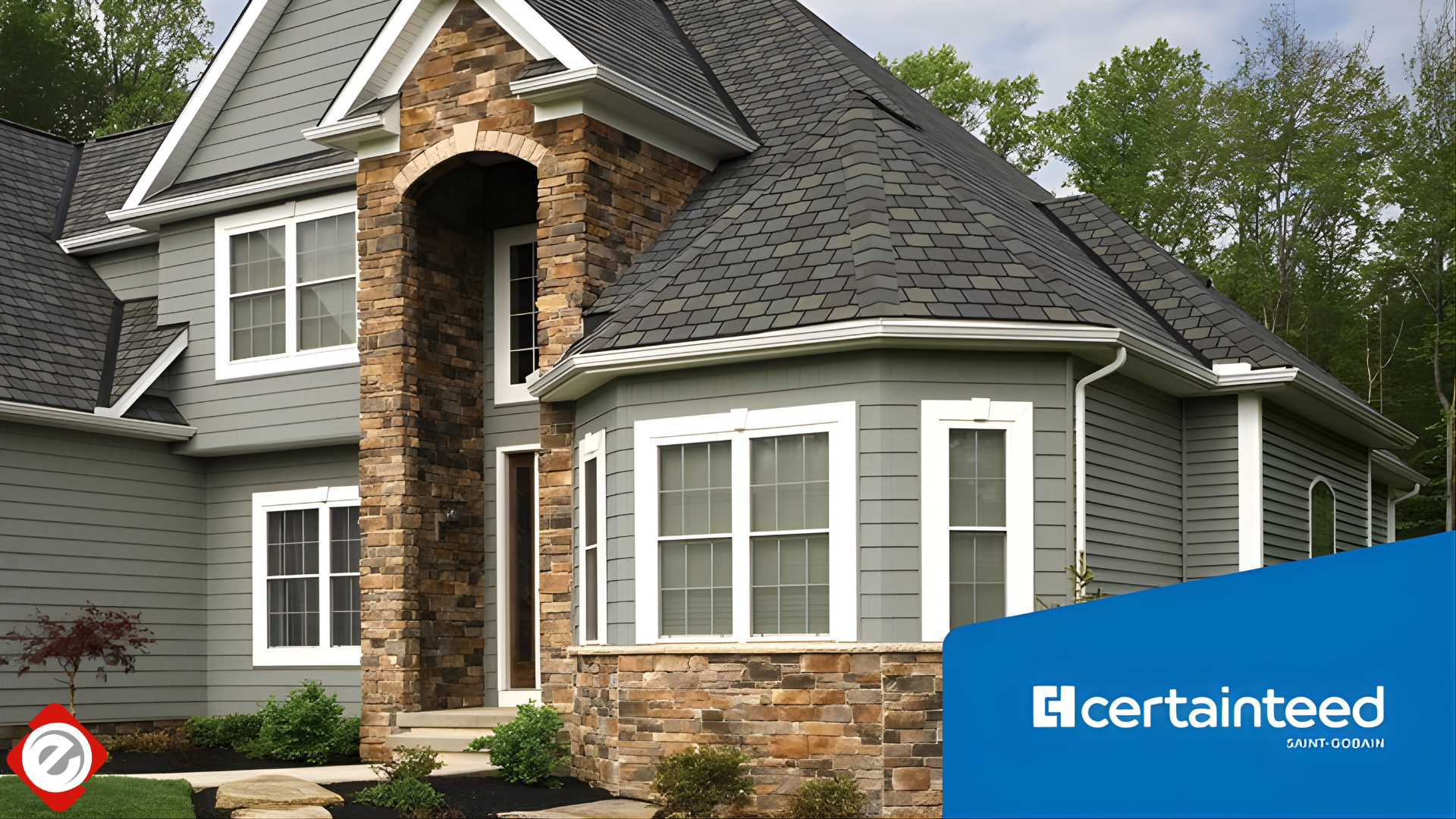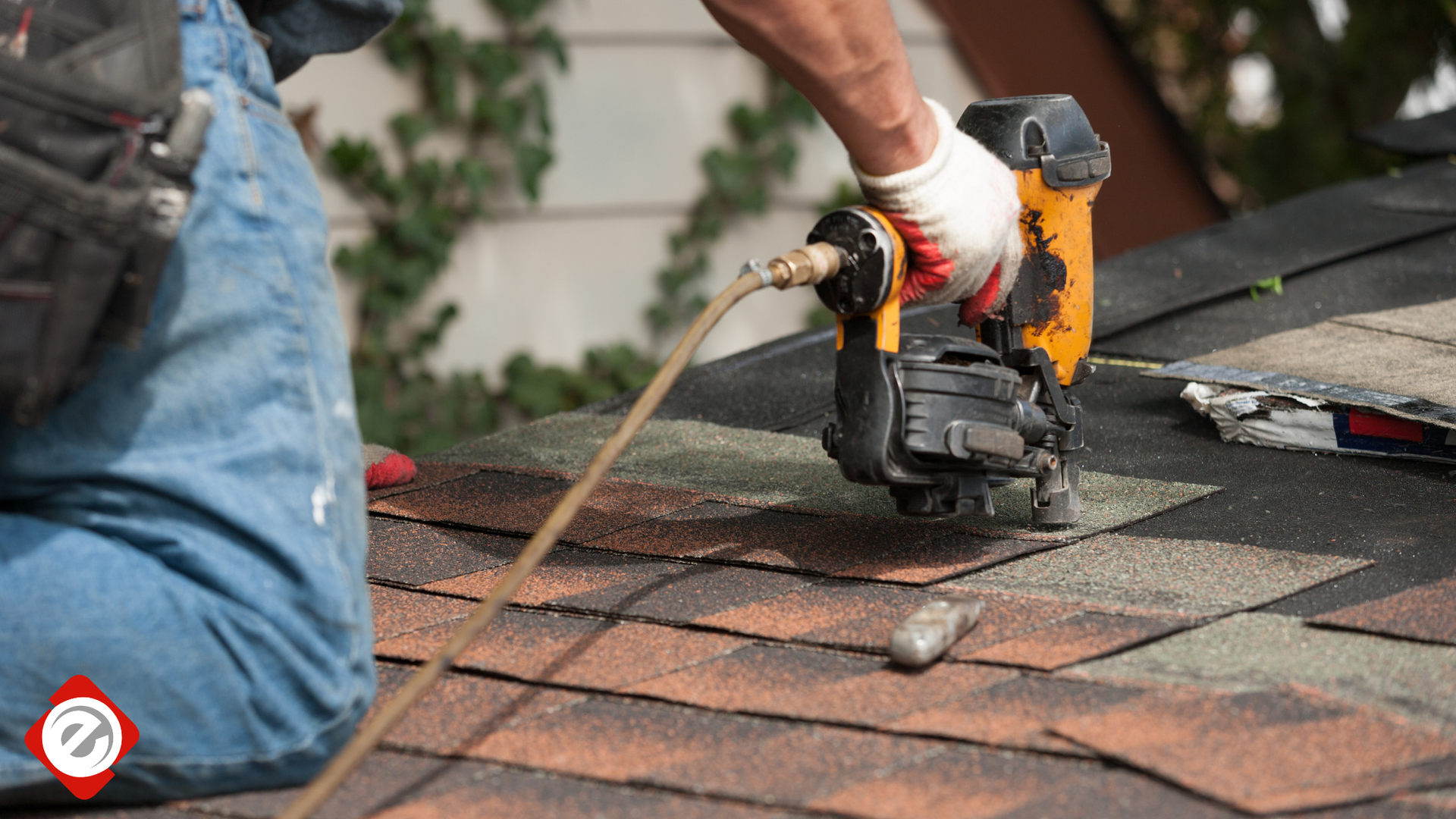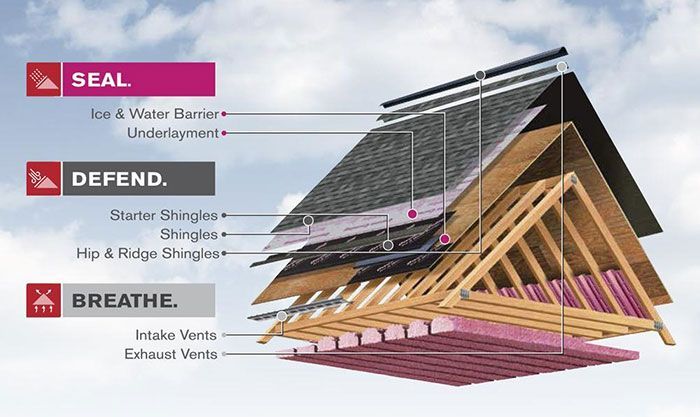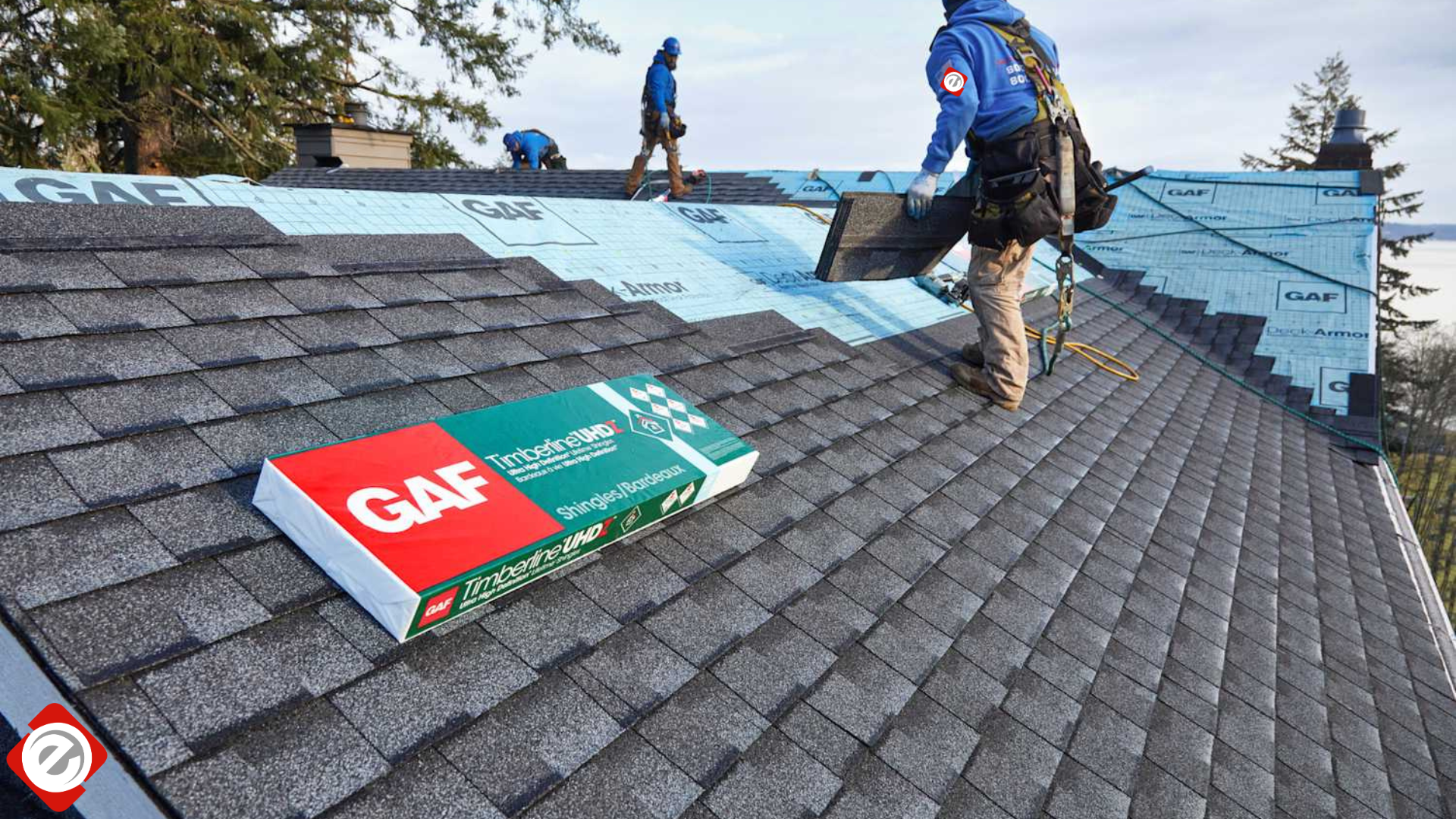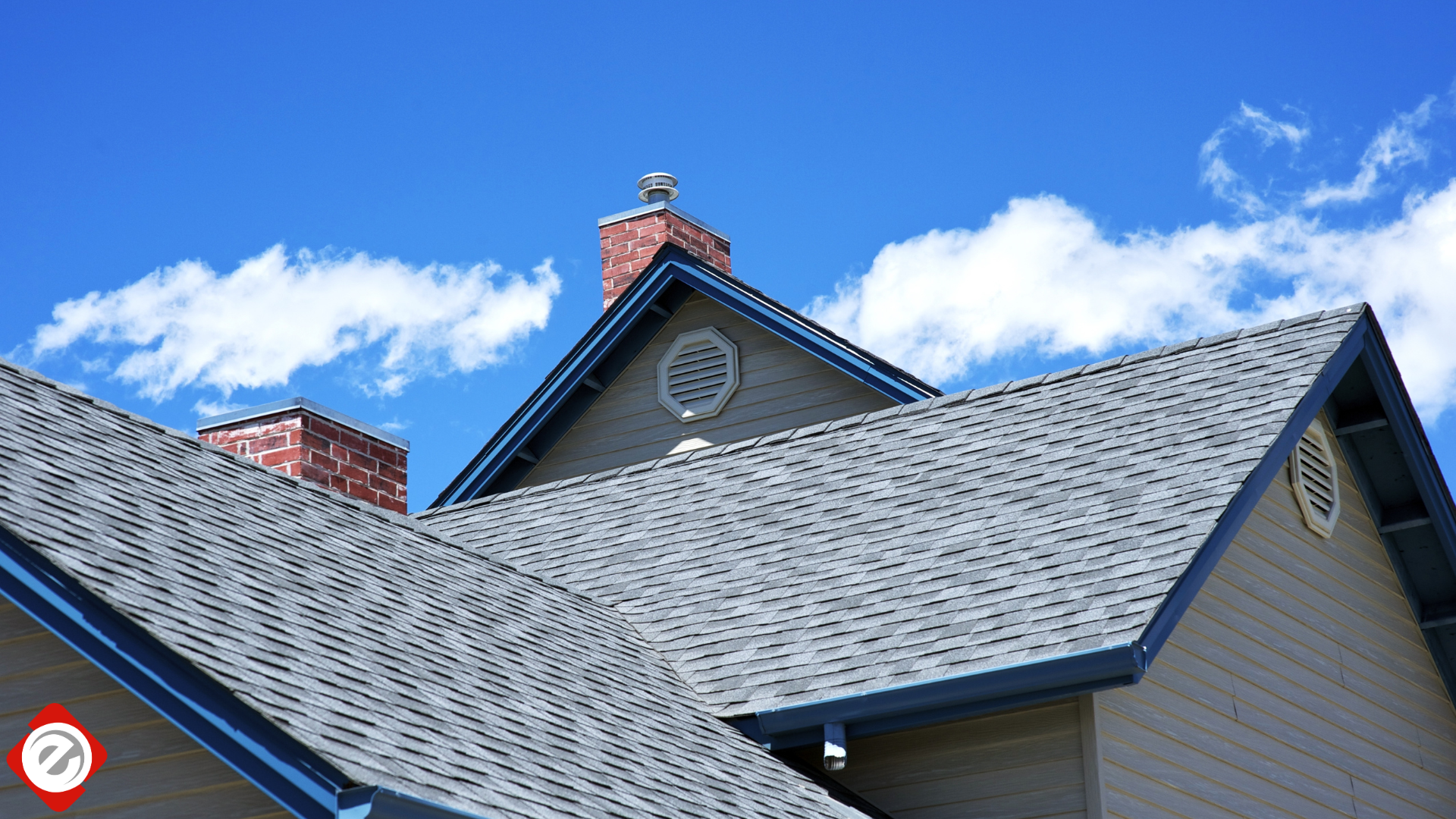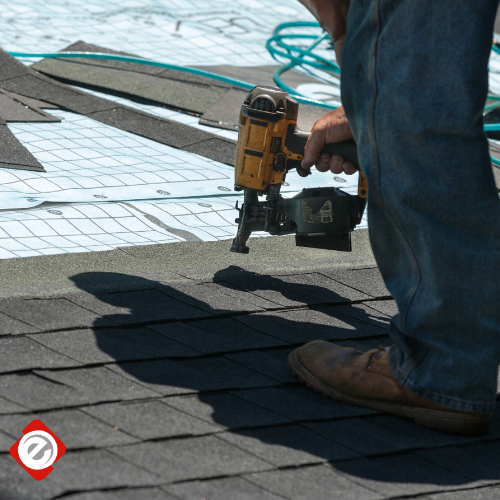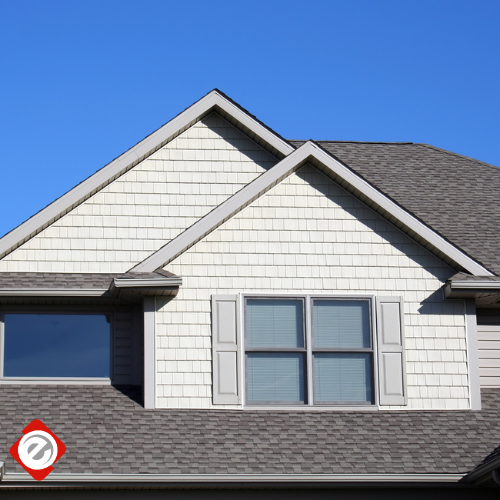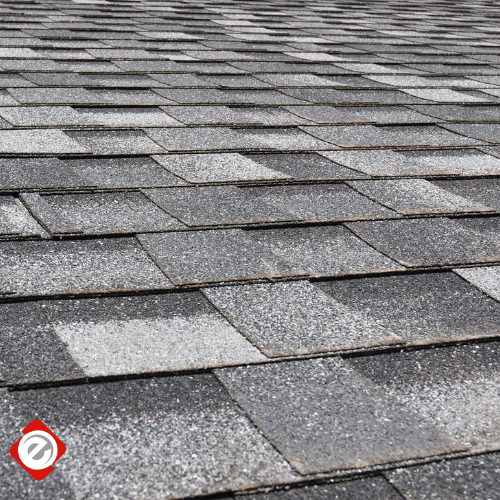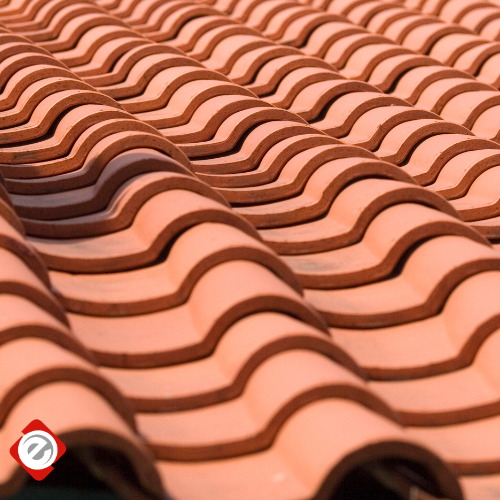econoroofing209@gmail.com
Asphalt Shingles: To Layer or Not to Layer?
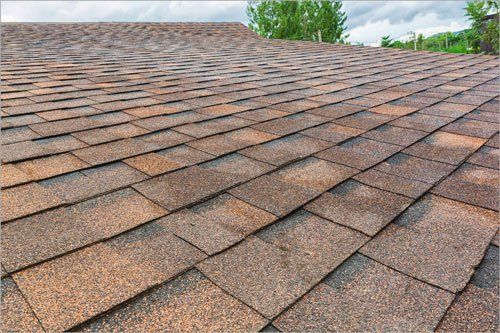
Manufacturers make over 12.5 billion square feet of asphalt shingles every year, according to the Asphalt Roofing Manufacturers Association. With such a high quantity of these shingles made annually, it's no surprise that they're a top choice for many homeowners. Along with durability and a low degree of maintenance, asphalt shingles are an affordable option that is easy to install.
Even though this type of roofing material can easily withstand winds, snow, ice, and rain, over time asphalt shingles can start to degrade. When your roof starts to degrade, you have two courses of action to consider — repair or replace. However, sometimes people think there is a third option.
Sometimes a spot replacement or a patch won't solve the roofing problem. When this happens, a re-roof is typically in order. In order to reduce the costs involved in a complete teardown, some homeowners investigate the idea of covering their worn, torn, or ailing shingles with a new layer.
If adding a layer to your existing roof is something you're considering, then take a look at why adding a second layer of asphalt shingles isn't always the best option available.
Surface Condition
Layering new asphalt shingles over a smooth, even surface is an ideal situation. If your existing roof doesn’t have bumps, lumps, grooves, or pits, then the roofer may be able to skip the teardown and go straight to the re-roofing. However, for many homeowners, this isn't the case.
You probably want a new roof for a specific reason, and unless that reason is purely aesthetic, it's more likely your existing roof has some sort of problem. Whether it's a leak, missing shingles, curled shingles, or another similar issue, your roof probably isn't completely flat.
Brittle, curled, missing, or broken shingles create an uneven surface. This makes adding a second layer challenging at best. If your roof's surface isn't smooth or even, then the roofing contractor should remove everything that is warped, curved, or causing problems before laying a new layer of shingles. This will give your roof the best look and the best lifespan possible.
Local Laws
Not every municipality, city, or township has the same building ordinances. However, some may prohibit layering shingles over existing shingles. In some regions, adding new shingles over two or more layers is a major offense. When applying for a building permit, the issuing local office will deny any plan that breaks their roofing rules.
Structural Support
The next question you need to ask is how much weight can your roof support? For many homes, the answer is no more than two layers of asphalt shingles. In some cases, the answer may be only one.
Most homes aren't built to withstand the added stress of extra roofing layers. Before making any decisions, ask a professional roofing contractor to assess your roof and its ability to handle a second layer of material. If you have any doubts regarding the structural integrity of your roof, it's best to bypass layering and begin anew.
Wood Rot
What's under your existing roof? If missing or broken shingles have caused leaks, then you may have wood rot. While layering more asphalt shingles on top of the worn ones will technically stop the water problem, it won't do anything to fix the existing damage.
In order to truly repair the roof, it's likely that the contractor will need to remove the shingles, replace any materials that are rotted or damaged, and add a completely new roof.
Do you need a roof repair or replacement? Contact our experts at
Econo Roofing for more information on your options. We look forward to working with you.





